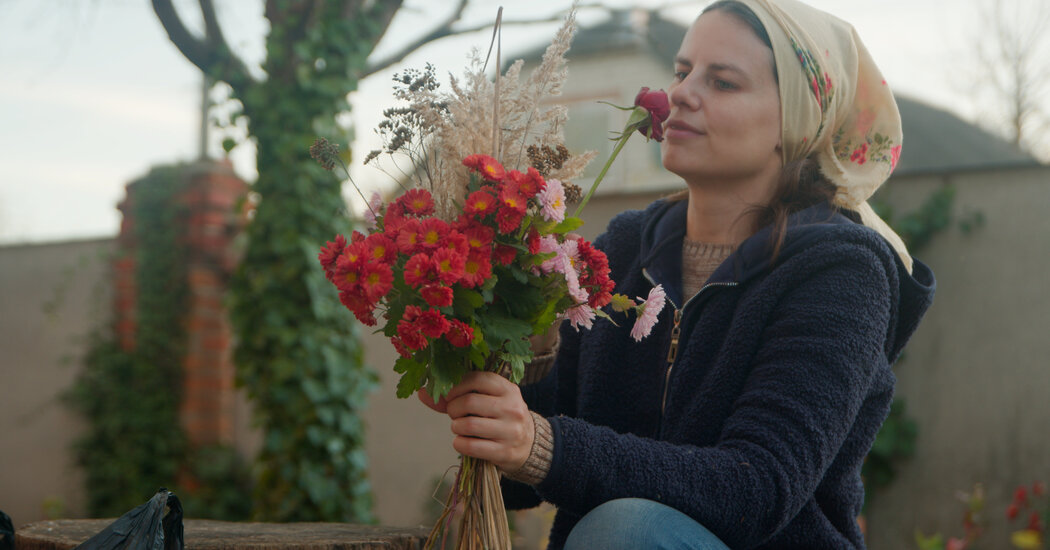
The Clematis that delight Alla Olkhovska the most among the 120 or so types she grows are not the familiar, large-flowered hybrids, as extravagantly beautiful as they are. It’s the small, less frequently grown species — the ones whose common names often include the phrase “leather flower,” many of them native to the Southeastern United States — that have stolen her heart.
Their scaled-down charm makes them ethereal subjects for photography, another passion of Ms. Olkhovska’s. But what really impresses her is how well the tiny, bell-shaped blooms with their thick petals stand up to the increasingly hot, dry summers her garden is experiencing.
The whiteleaf leather flower (C. glaucophylla) and scarlet leather flower (C. texensis), for example, can really take the heat, and just keep blooming and blooming, adapting to challenging environmental circumstances.
Two years ago this month, a more sudden call to adapt was sounded — this one to the gardener herself, along with her fellow Ukrainian citizens. In Kharkiv, where she lives, and around the nation, war had arrived.
Ms. Olkhovska, who is now 38, had been building up her plant collection in preparation for starting a small rare-plants nursery. But with war came a new assignment: to find a way, in the face of it, to support her family.






